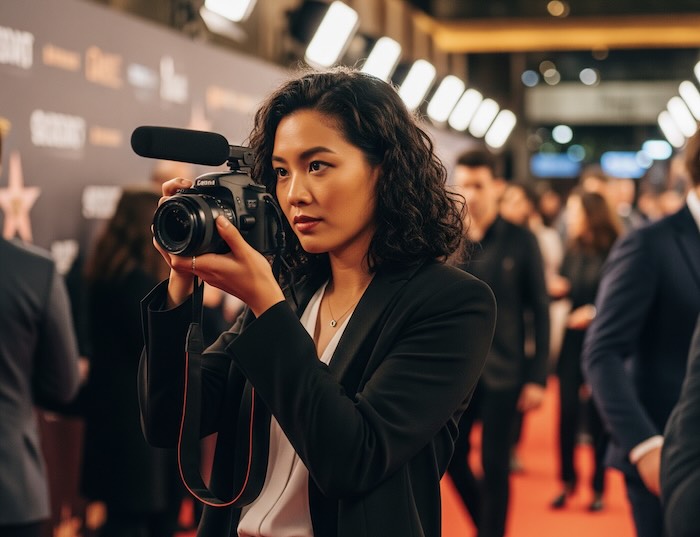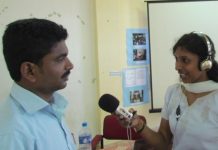 This guide offers comprehensive advice for anyone looking to cover an event, from meticulous preparation and strategic on-site actions to ethical interview techniques and capturing compelling visuals.
This guide offers comprehensive advice for anyone looking to cover an event, from meticulous preparation and strategic on-site actions to ethical interview techniques and capturing compelling visuals.
It’s particularly useful for a reporter who is planning to cover an event alone and who is responsible for all the words, sounds and pictures.
The guide below emphasises the importance of thorough research, being present and adaptable, and gathering all necessary information – including the less glamorous details – to ensure a complete and publishable story.
- Prepare before you go
- Learn everything you can about the event. That means names, titles, history, purpose, schedule, layout, and who will attend.
- Charge your phone fully. Bring a charger and a short extension cord.
- Set up your smartphone the day before. Make sure your camera and recorder app work.
- Practice using “portrait mode” if your phone has it. It will help you blur the background and make faces pop.
- Bring a wired or wireless microphone. Clip it to your lapel or wrist — it helps get clear audio for quotes.
- When you get there
- Walk the venue. Find where everything will happen. Learn the event timeline.
- Note the light direction if it’s outdoors. You’ll get better shots if the light hits people’s faces, not backs.
- Keep your recorder running all day. Use it for interviews, quotes, and to track what happens when.
- Talk to people the right way
- Introduce yourself: “I’m [your name], a journalist covering this event. I’ll be pitching it to (name a target publication here) and maybe others.”
- Ask people to say and spell their full names. Get their city and title if they have one.
- Ask for a phone number and email. You may need to follow up for a quote or correction.
- Shoot photos that tell the story
- Take wide, level shots of people doing things.
- Don’t ask people to pose. Let moments happen naturally.
- Shoot people in motion — coming toward you and as they pass.
- With exhibits: First, shoot the sign or label. Then, shoot the item from different angles. Include people looking at it when possible.
- With children: Ask a parent for permission. Get the child’s and parent’s names spelled right.
- If there are prizes: Shoot the prizes, the winners, and the people handing them out. Find out who donated them.
- Musicians or singers? Crouch in front for a few closeups. Tell folks, “Excuse me — I’ll only be a few seconds.”
- Interview organisers with action in the background. While they talk, shoot medium and portrait shots of them. Touch their face on the screen to focus.
- If food stands out, shoot it. Get the grill, the table, or the person devouring something colourful.
- Get the voices that matter
- Ask people to: “Tell me about (the person being honoured).” Then ‘shut the HECK up’ and let them speak without interrupting.
- Near the end, return to the lead organiser. Say, “Tell me your assessment of the event.”
- Interview performers, volunteers, guests, and vendors.
- Cover the ugly stuff too
- If something bad happens — fights, arrests, accidents — be a reporter. Get photos. Interview security, police, witnesses, victims, and organisers.
- Ask where the arrestees are going. Ask which hospital the injured are taken to.
- Follow up that day or evening. Check on the condition of the injured.
- Contact law enforcement. Ask for:
- Name, age, and city of the person arrested
- Charges filed
- Basic facts
- Where they’re being held
- When and where the arraignment will be
- The bail amount
This checklist will help you gather everything you need to sell a solid story — words, names, images, and atmosphere. Let the action unfold — and just be ready.
Note: This piece by Don Ray was originally submitted in American English but has been revised to English English which is the MHM house style.








